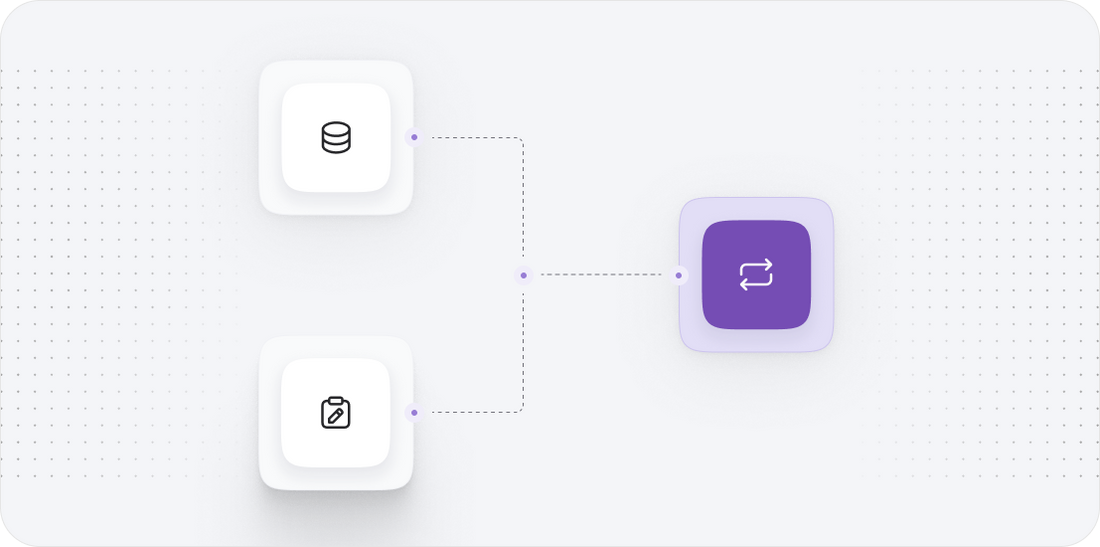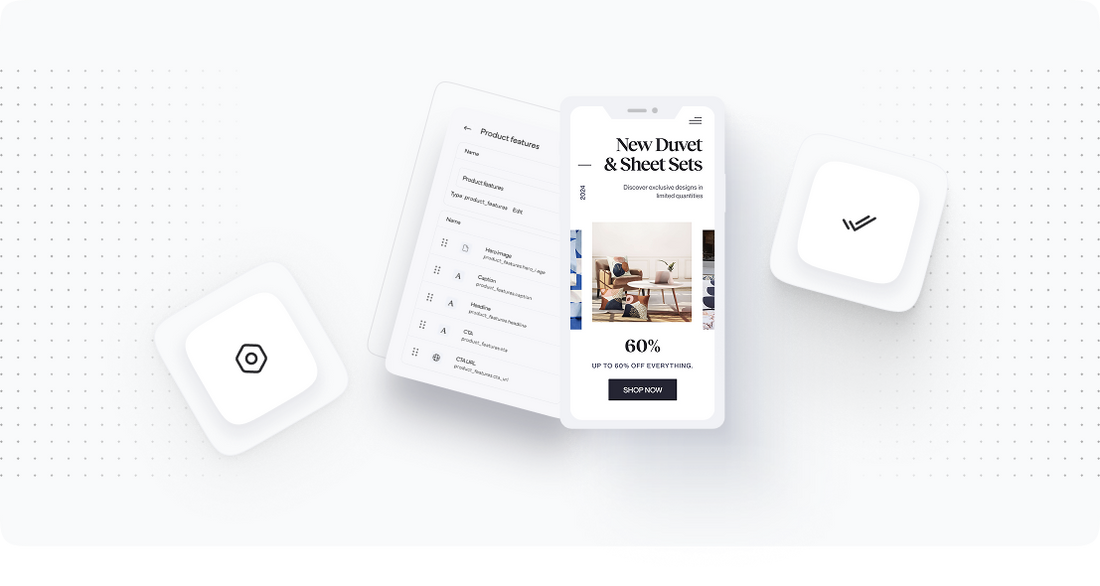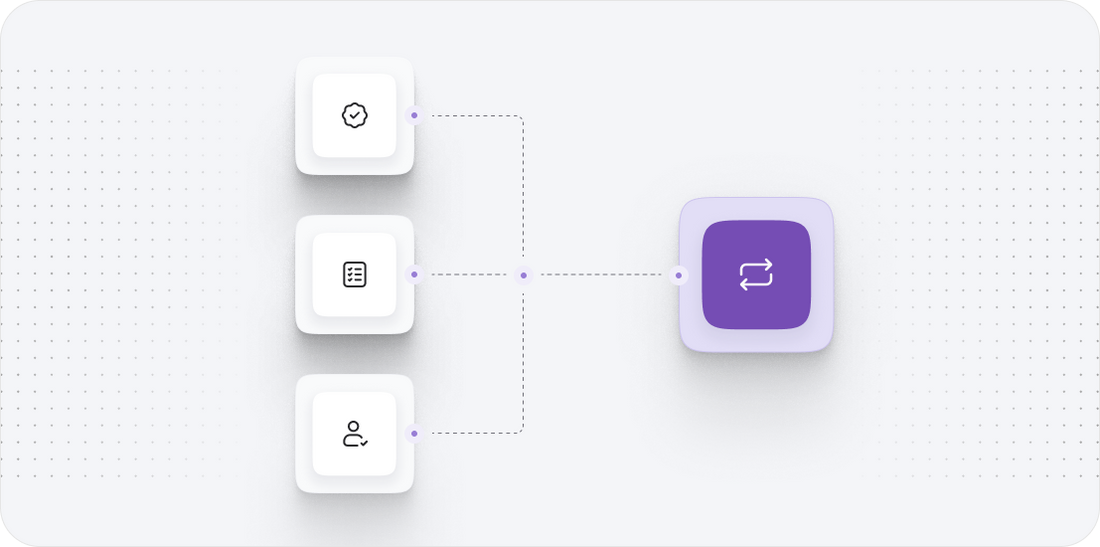





Drupal commerce to Shopify
Migrating your store from Drupal commerce to Shopify might seem daunting, but with proper planning and the right tools, it's a smooth process. Follow this step-by-step guide to ensure a successful transition.
Schedule a call
Step-by-Step Migration Guide: Drupal Commerce to Shopify migration guide
Step 1: Preparing for Migration
In this initial step, we focus on gathering all necessary information and resources to ensure a successful migration from Drupal Commerce to Shopify. This includes backing up existing data and identifying critical elements that need to be migrated.
Step 2: Setting Up Your Shopify Store
In this step, we create your Shopify account and configure the basic settings necessary for a successful migration. This includes selecting a suitable Shopify plan and setting up payment and shipping options.
Step 3: Exporting Data from Drupal Commerce
In this step, we focus on exporting all relevant data from your Drupal Commerce store. This includes products, customers, and orders, which will be formatted for import into Shopify.
Step 4: Importing Data into Shopify
This step involves importing the cleaned data from your Drupal Commerce store into your newly set up Shopify store, ensuring all relevant information is accurately transferred.
Step 5: Testing and Verification
In this critical step, we conduct thorough testing to ensure that all data has been migrated correctly and that the Shopify store is functioning as intended.
Step 6: Launching Your Shopify Store
With thorough testing complete, we move on to launching your new Shopify store. This involves making the store live and ensuring that all settings are configured for optimal operation.
Step 7: Post-Migration Optimization
After launching your Shopify store, we focus on optimizing its performance. This includes implementing SEO strategies, monitoring analytics, and refining marketing efforts to drive traffic and sales.
Power Your Step - Get in Touch
Ready to make your migration seamless? Contact us today to leverage our expert migration support and ensure a successful transition from Drupal Commerce to Shopify.
Step 1: Preparing for Migration
Before we begin the migration process, it is crucial to prepare adequately. This step sets the foundation for a seamless transition from Drupal Commerce to Shopify. The primary objective here is to safeguard your existing data and ensure that we have a clear understanding of what needs to be migrated. This preparation helps us avoid potential pitfalls and guarantees that important information is not lost during the transfer.
First, we need to conduct a thorough audit of your current Drupal Commerce store. This involves identifying key components such as products, customers, orders, and any custom functionality that your site may have. By understanding the scope of your existing data, we can plan the migration process more effectively.
- Backup Data: Before anything else, we recommend creating a complete backup of your Drupal Commerce site. This should include:
- Database backups
- Media files (images, videos, etc.)
- Configuration files
- Identify Key Elements: Make a list of all the elements you want to migrate to Shopify. This typically includes:
- Products and product variants
- Customer data
- Order history
- Categories and tags
- Content pages (if applicable)
- Choose a Migration Tool: Select a migration tool or service to facilitate the transfer of data. Power Commerce can provide guidance on the best options for your specific needs.
By the end of this preparation phase, you should have a complete backup of your Drupal Commerce site and a detailed list of all the data you intend to migrate. This groundwork is essential for ensuring a smooth migration process.

Step 2: Setting Up Your Shopify Store
Now that we have prepared our data, the next step involves setting up your new Shopify store. This process is relatively straightforward, but it's vital to ensure that all settings are configured correctly to avoid issues later on. The goal of this step is to establish a functional Shopify environment that is ready to receive your migrated data.
Begin by signing up for a Shopify account. Choose a plan that best fits your business requirements. Shopify offers various plans, so consider your budget and expected growth when making your selection.
- Create Your Shopify Account: Visit Shopify.com and sign up for an account. Provide the necessary information, including:
- Email address
- Password
- Store name
- Configure Basic Settings: After creating your account, navigate to the settings panel and configure:
- Store information (address, currency, time zone)
- Payment gateways (set up your chosen payment methods, like credit cards and PayPal)
- Shipping settings (define shipping rates and zones)
- Select a Theme: Choose a theme that reflects your brand identity. Shopify offers a variety of free and paid themes that you can customize to suit your needs.
Once you have completed these steps, your Shopify store will be set up and ready to receive the migrated data from your Drupal Commerce site. This preparation will help ensure that the migration proceeds without any hitches.

Step 3: Exporting Data from Drupal Commerce
With your Shopify store set up, it’s now time to extract data from your Drupal Commerce store. This step is crucial, as it involves exporting all relevant information while ensuring it is properly formatted for Shopify. The objective here is to obtain clean, structured data that can be efficiently imported into your new platform.
To begin the data export process, follow these steps:
- Access the Database: Use your preferred database management tool (e.g., phpMyAdmin) to connect to your Drupal Commerce database.
- Export Key Data: Export the following key data entities in CSV or XML format:
- Products: Ensure to include all relevant product details such as SKU, name, description, price, and inventory levels.
- Customers: Extract customer information, including names, email addresses, and order histories.
- Orders: Retrieve historical order data, ensuring to capture order IDs, product details, and customer associations.
- Clean Up Data: Before importing, it’s essential to clean up the exported data. Remove any unnecessary fields or duplicates to streamline the import process. You may also want to standardize formats (e.g., date formats, currency symbols) to match Shopify’s requirements.
Once you have your data exported and cleaned, you are ready to move on to the next step of importing this data into Shopify. This preparation is key to ensuring a smooth transition and minimizing data discrepancies.

Step 4: Importing Data into Shopify
Having prepared your data, the next step is to import it into your Shopify store. This step is pivotal as it ensures that all key data from your Drupal Commerce site is accurately transferred and properly integrated into your new Shopify environment. The goal here is to ensure that your products, customers, and orders are all correctly represented in Shopify.
To import data into Shopify, follow these steps:
- Use Shopify's Import Tool: Shopify provides built-in tools for importing products and customers, which simplifies the process. Navigate to your Shopify admin panel, go to Products and choose Import.
- Upload CSV Files: Upload the CSV files you exported from Drupal Commerce. Ensure that the file formats match Shopify’s import requirements to prevent errors during the import process.
- Map Fields: During the import process, make sure to map the fields correctly. This involves aligning your original data (from Drupal Commerce) with Shopify’s data structure. For example, map the product SKU from your CSV to Shopify’s SKU field.
- Import Customers and Orders: Similarly, import customer and order data using the same import tool. Ensure that customer information is linked to their respective orders to maintain order histories.
After completing the import, take a moment to verify that all data has been accurately transferred. Check for any discrepancies and rectify them before proceeding to the next step.

Step 5: Testing and Verification
Once the data has been imported into Shopify, it’s essential to conduct thorough testing to confirm that everything has been transferred correctly and is functioning as intended. This step is crucial for identifying any issues before the store goes live, ensuring a seamless experience for your customers.
To perform testing and verification, follow these steps:
- Check Data Integrity: Review the imported data for accuracy. This includes:
- Products: Verify that all product details, including descriptions, prices, and images, are correct.
- Customers: Ensure customer information is accurate and complete.
- Orders: Check that order histories are intact and accurately reflect past transactions.
- Test Store Functionality: Perform a series of tests to confirm that the following functionalities work correctly:
- Product display and categorization
- Shopping cart and checkout process
- Payment processing and order confirmations
- Review User Experience: Navigate through the store as a customer would. Check for issues such as broken links, missing images, or incorrect navigation paths.
Document any issues encountered during testing, and resolve them before proceeding to launch the new Shopify store.

Step 6: Launching Your Shopify Store
After successful testing and verification, you are now ready to launch your new Shopify store. This step marks the culmination of your migration from Drupal Commerce, and it is essential to ensure that everything is set for a smooth launch.
To launch your Shopify store, follow these steps:
- Final Checks: Before going live, conduct one last review of your store settings. Check that:
- Your domain name is properly connected and functioning.
- All payment gateways are active and configured correctly.
- Shipping settings are optimized for your target audience.
- Remove Password Protection: If you set up a password for your Shopify store during development, remove it to make your store publicly accessible. This can be done in your Shopify admin under Online Store > Preferences.
- Announce Your Launch: Create excitement around your new store by announcing the launch through your email newsletters, social media channels, and other marketing strategies.
Once these steps are completed, your Shopify store is now live and ready for customers. Monitor the store closely during the initial days to ensure that everything runs smoothly.

Step 7: Post-Migration Optimization
Following the launch of your Shopify store, it’s essential to focus on post-migration optimization. This step aims to enhance your store’s visibility, attract traffic, and improve overall performance. The goal is to ensure that your new store not only functions correctly but also thrives in a competitive online marketplace.
To optimize your store, follow these steps:
- Implement SEO Best Practices: Ensure that your store is optimized for search engines. This includes:
- Adding relevant keywords to product descriptions and titles.
- Creating unique meta titles and descriptions for each page.
- Setting up URL redirects from old links to new ones if applicable.
- Utilize Shopify Analytics: Monitor your store's performance using Shopify’s built-in analytics tools. Track key metrics such as:
- Traffic sources and user behavior
- Conversion rates
- Sales trends and peak purchasing times
- Refine Marketing Strategies: Based on the insights from your analytics, adjust your marketing efforts. This could involve:
- Enhancing email marketing campaigns
- Running targeted ads on social media or Google
- Engaging with customers through loyalty programs and promotions
By continually optimizing your store, you can enhance user experience, increase traffic, and ultimately drive sales, setting the stage for long-term success in your new Shopify environment.

Power Your Step - Get in Touch
At PowerCommerce, we understand that migrating from one ecommerce platform to another can be a complex process. That's why our team of experts is here to assist you every step of the way. By partnering with us, you can ensure a seamless migration, minimize downtime, and maximize your store's performance.
Why choose PowerCommerce?
- Extensive experience in ecommerce migrations
- Customized solutions tailored to your specific needs
- Ongoing support and optimization strategies
Contact us today! Don't leave your migration to chance. Reach out to our team for a risk-free consultation and let us help you power your ecommerce journey.
- Visit our contact page: Contact Us
- Call us at: 800-099-9090
- Email us at: info@powercommerce.com
Let’s work together to elevate your online store and achieve your business goals!
Stay aligned on what's happening in the commerce world
Trusted by 1000+ innovative companies worldwide
Schedule Your Migration Today
For businesses prioritizing simplicity, scalability, and robust support, Shopify is the clear winner.
Looking to migrate without hassle? Power Commerce can handle the entire process, ensuring smooth data transfer, store setup, and post-launch success.
Marka Marulića 2, Sarajevo, 71000 BiH
00387 60 345 5801
info@powercommerce.com


